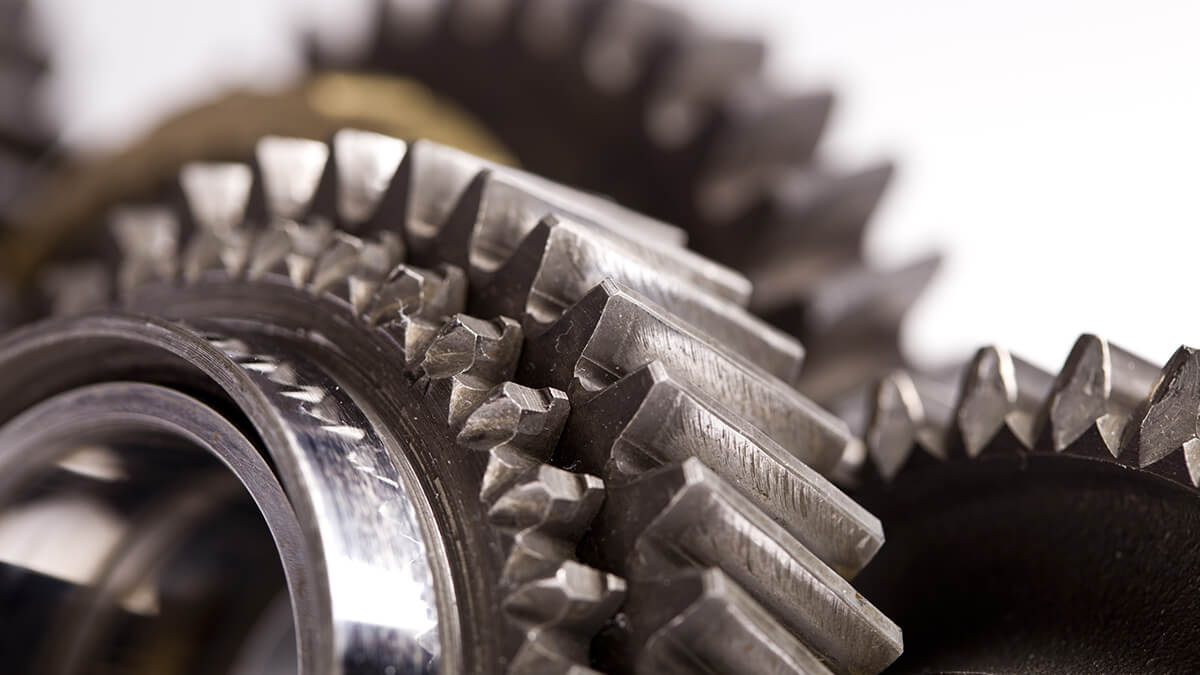A shaper is a machine tool that employs the relative linear motion between a workpiece and a single-point cutting tool to shape a linear toolpath. Its cutting process is similar to that of a lathe, but it typically follows a linear, as opposed to a helical, trajectory.
Planing Machine: Definition and Classification
A planing machine, also known as a planer, is a linear motion machine tool used for shaping the flat surface, groove, or forming surface of a workpiece. While planing machines employ a simpler tool compared to other machining methods, they offer lower productivity, except when dealing with long and narrow surfaces. As a result, planing machines find their primary use in single-part production, small batch manufacturing, and machine repair workshops, with milling machines often taking over for mass production.
Classification of Planing Machines
There is a wide array of planing machines, and they can be roughly categorized based on their structural characteristics:
1. Shaping Machine / Shaper:
Shaping machines are used for shaping small to medium-sized workpieces, typically with a working length not exceeding one meter.
Workpieces are either clamped on an adjustable worktable or held in flat-nose pliers on the worktable.
The planing motion (cutting) is achieved through the reciprocating movement of the planer, while the worktable intermittently advances (feeding motion).
Shapers can be classified into small, medium, and large categories based on the length of workpieces they can process.
2. Planing Mill:
Planing mills are designed for processing larger workpieces, and some can handle workpieces several meters in length.
They often accommodate multiple workpieces simultaneously, and several planing knives can be used concurrently, enhancing productivity.
Planing mills operate with the worktable's direct reciprocating motion (cutting) and the intermittent motion of the planing knife (feeding).
Planing mills come in two main structural types: single-arm planing mills and double-arm column planing mills.
3. Slotting Machines:
Slotting machines, also known as vertical planers, primarily process the inner surface of workpieces.
Their structure closely resembles that of a shaper, with the key difference being the vertical linear reciprocating motion of the slotting tool.
In addition to intermittent vertical and horizontal feed motions, the table can execute intermittent rotary movements in a circular path.
Planing machines come in two transmission varieties: mechanical and hydraulic. Mechanically driven planers, planing mills, and slotting machines are operated by mechanical means, while hydraulically driven counterparts rely on hydraulic systems for their motion.
Process Characteristics of Planing
Planing machines, lathes, and milling machines share certain process characteristics. They feature straightforward designs, cost-effectiveness, and ease of adjustment and operation.
The cutting tool in planing closely resembles a turning tool and is relatively simple to manufacture, sharpen, and install.
Planing machines primarily execute reciprocating linear motion for cutting, but this motion is impacted by inertial forces in the reverse direction and the cutting tool's engagement during in-and-out strokes, limiting the increase in cutting speed.
The length of the cutting edge participating in each cut is limited, necessitating multiple strokes to complete the machining of a surface, resulting in prolonged processing times.
The return stroke of the planing machine is non-cutting, making the process discontinuous and increasing auxiliary time.
Although planing machines exhibit lower productivity than milling machines, they excel in processing long and narrow surfaces, such as guide rails and extended grooves. In such scenarios, when multiple workpieces or cutters are involved on a gantry planer, planing productivity may surpass that of milling.
Planing can achieve high precision, with tolerances ranging from IT9 to IT8 and surface roughness (Ra) values between 3.2μm and 1.6μm. Employing a wide-blade precision planing approach, with minimal cutting depth and high feed rates, can further enhance the surface finish, reaching Ra values between 1.6μm and 0.4μm.
Versatility and Limitations
Planing machines are versatile, capable of processing both vertical and horizontal planes, as well as T-slots, V-slots, dovetail slots, and more.
Their productivity is relatively low due to reciprocating motion, inertial effects, and single-piece processing. However, for long and narrow surfaces, planing can outperform milling in terms of productivity.
Planing's processing precision may not be as high as that of milling, with tolerances generally ranging from IT8 to IT7, and Ra values between 1.6μm and 6.3μm. Nevertheless, employing wide-blade fine planing techniques can yield superior finishes.
Operating Guidelines for Planing Machines:
Adhere to the "General Operating Rules for Metal Cutting Tool Machines."
Ensure that the feed ratchet cover is correctly installed and securely fastened to prevent loosening during feeding.
Prior to dry running or test running, manually move the rams back and forth to verify their condition, then start the motor.
Loosen the locking screw when lifting the crossbeam, and tighten it when working.
Do not adjust the ram stroke during machine operation, and avoid tapping the adjustment handle.
Ensure that the ram travel does not exceed the specified range. For longer strokes, high speed is not recommended.
When manually feeding or shaking the worktable, be mindful of the screw's stroke limit to prevent screw or nut disengagement or damage due to impact.
When loading or unloading the vise, handle it gently to avoid damaging the workbench.














